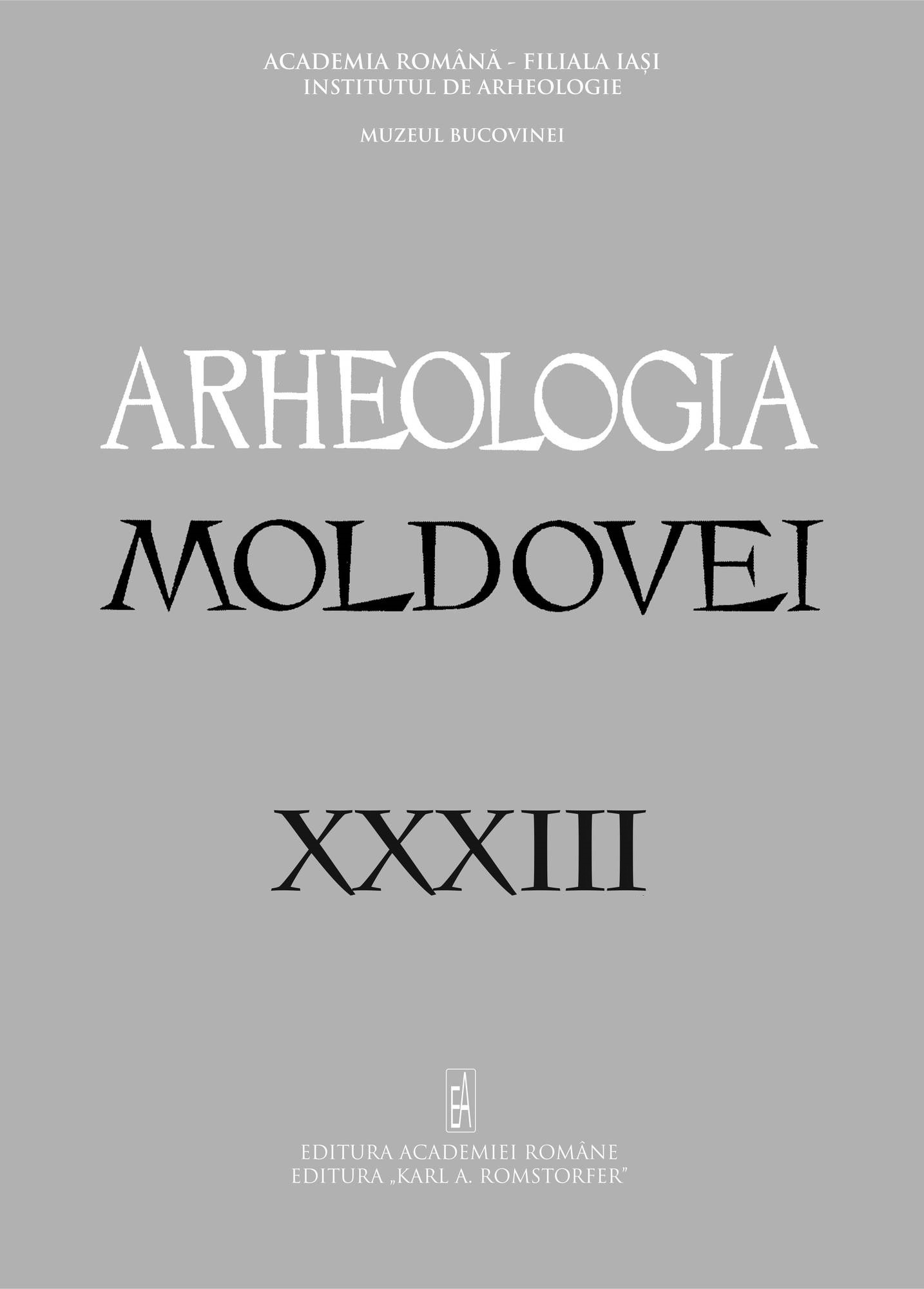
We kindly inform you that, as long as the subject affiliation of our 300.000+ articles is in progress, you might get unsufficient or no results on your third level or second level search. In this case, please broaden your search criteria.

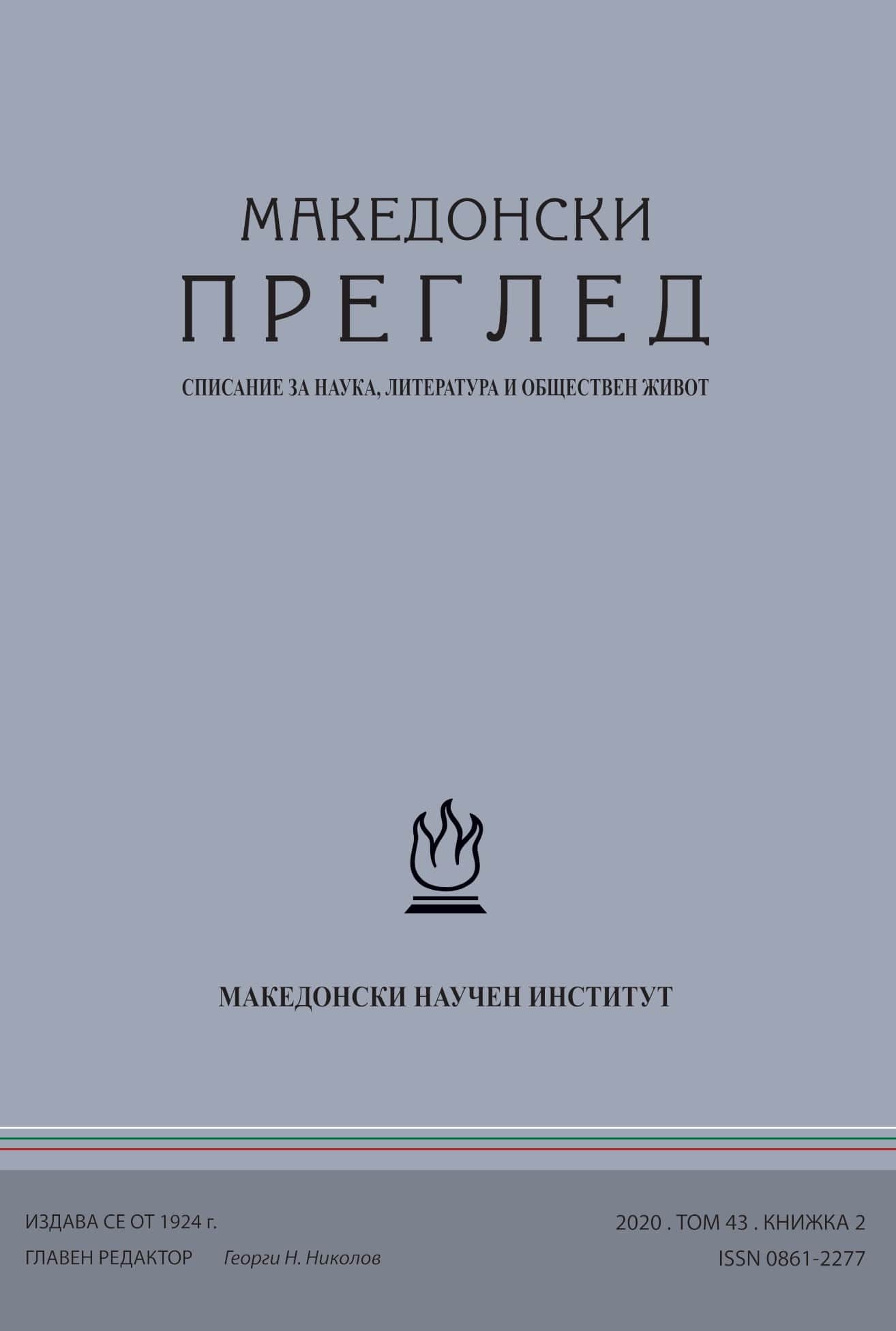
The refugee issue was one of the most important after the end of the First World War. For Bulgaria, after the signing of the Neuilly Peace Treaty, this problem marked the entire post-war decade. Thiscontribution traces the specifics of the refugee and migration flow inthe Haskovo region in the 1920s on the basis of a number of studies on the subject, archival documents, materials from the local press and official statistics.
More...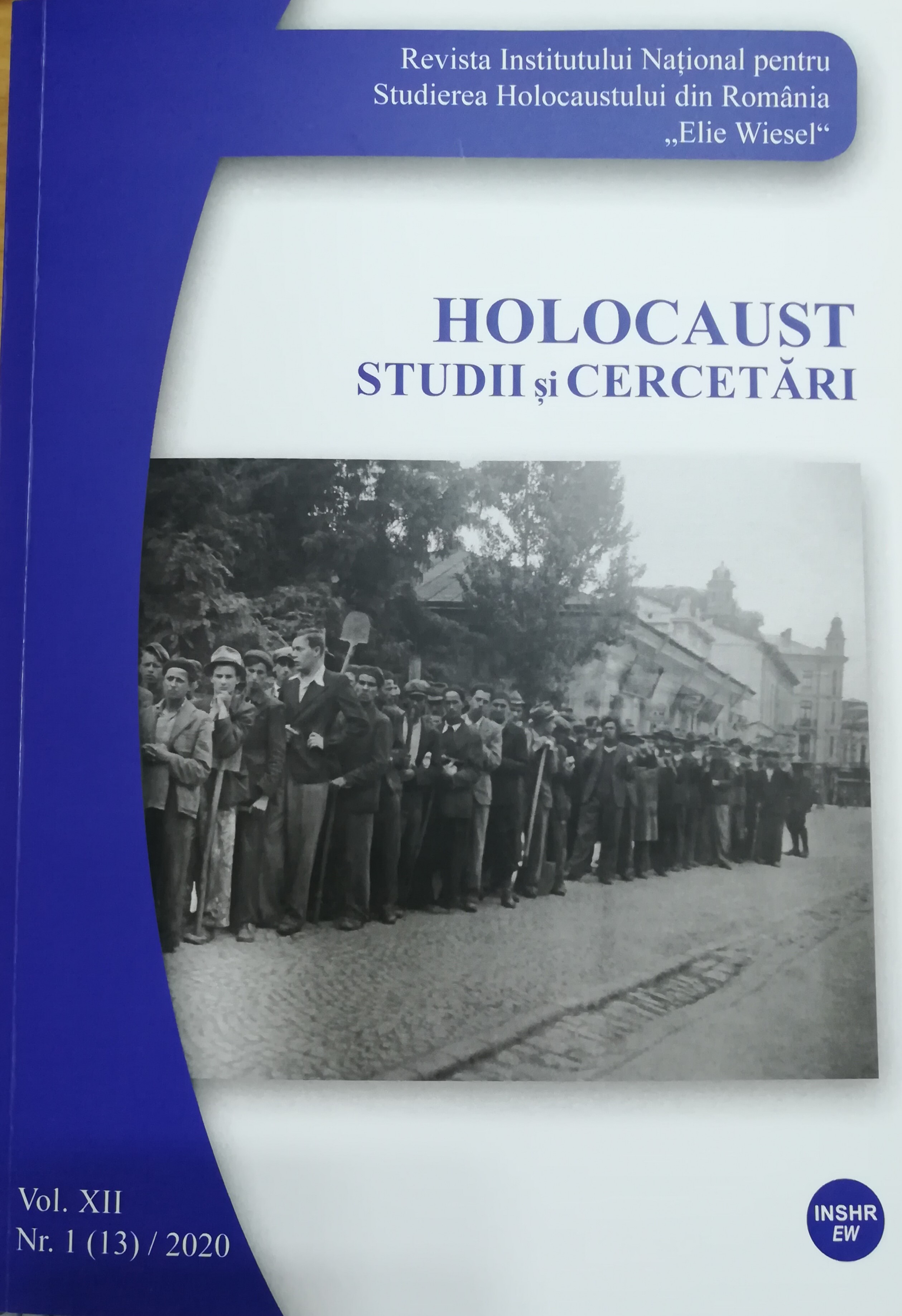

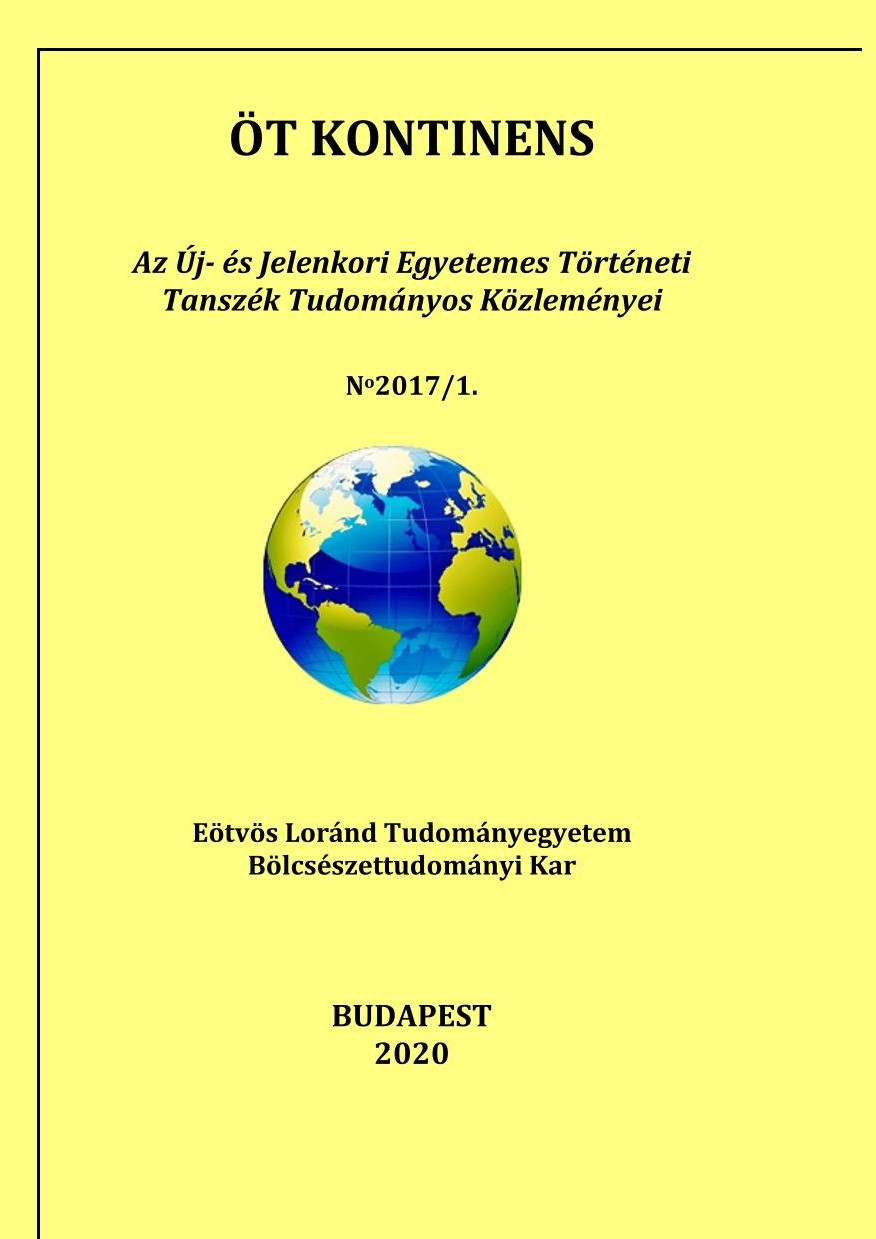
The author writes a monograph (At the Land of the Palóc) about a strange people, the Palóc, living in the northern part of Hungary and in Southern Slovakia. In this study the author examines the question of the origin of the Palóc people. He presents the opinion of the classics of Palóc research and the Hungarian prehistory: Fábián Szeder, Sándor Pintér, János Jerney, Gyula Pauler Ármin Vámbéry. According to Fábian Szeder, the Palóc people arrived with the Magyars under Árpád in the 9th century. János Jerney accepts this opinion, but he adds that the Palóc are descendants of the Cumans. Ármin Vámbéry agrees with this but according to him the Palóc arrived in the Carpathian Basin after the 9th century. Gyula Pauler does not accept the Cuman origin. In his opinion the paloc ancestors are the Kabars. Sándor Pintér, the proud Palóc, claims that the Palóc people are descended from Scythian, Hun, Avar and already they lived in the Carpathian Basin at the time of the Conquest. Then the author presents other opinion as well. We know the results of a Slovak researcher, Jozef Škultéty. And he presents the results of anthropology (Lajos Bartucz and Gyula Henkey). We know the theory of Gyula László about the „double Conquest” in connection with Palóc people and the study presents who the Cumans are. At the end of the study the author asks who is right and he tries to answer that question.
More...
After the establishment of the independent Bulgarian state, the Bulgarian colony in Istanbul was composed mainly of those who came from Macedonia. During the different periods of Bulgarian historythe colony numbered from 2000 to 5000 people. Throughout the period, its guild character was preserved - gardeners, bakers, dairies, shoemakers. The colony was politically disoriented and depended entirely on Turkish rule and temporary Bulgarian-Turkish relations. Some of the settlers were under the influence of several Macedonian Bulgarian organizations. They had a very clearly expressed and preserved Bulgarian national self-consciousness. After 1944 until today, the Bulgarian authorities have considered the colony in Istanbul as a Bulgarian diaspora in Turkey, a factor for the preservation of the remaining Bulgarian exarchate properties and an important part of the Bulgarian-Turkish diplomatic relations.
More...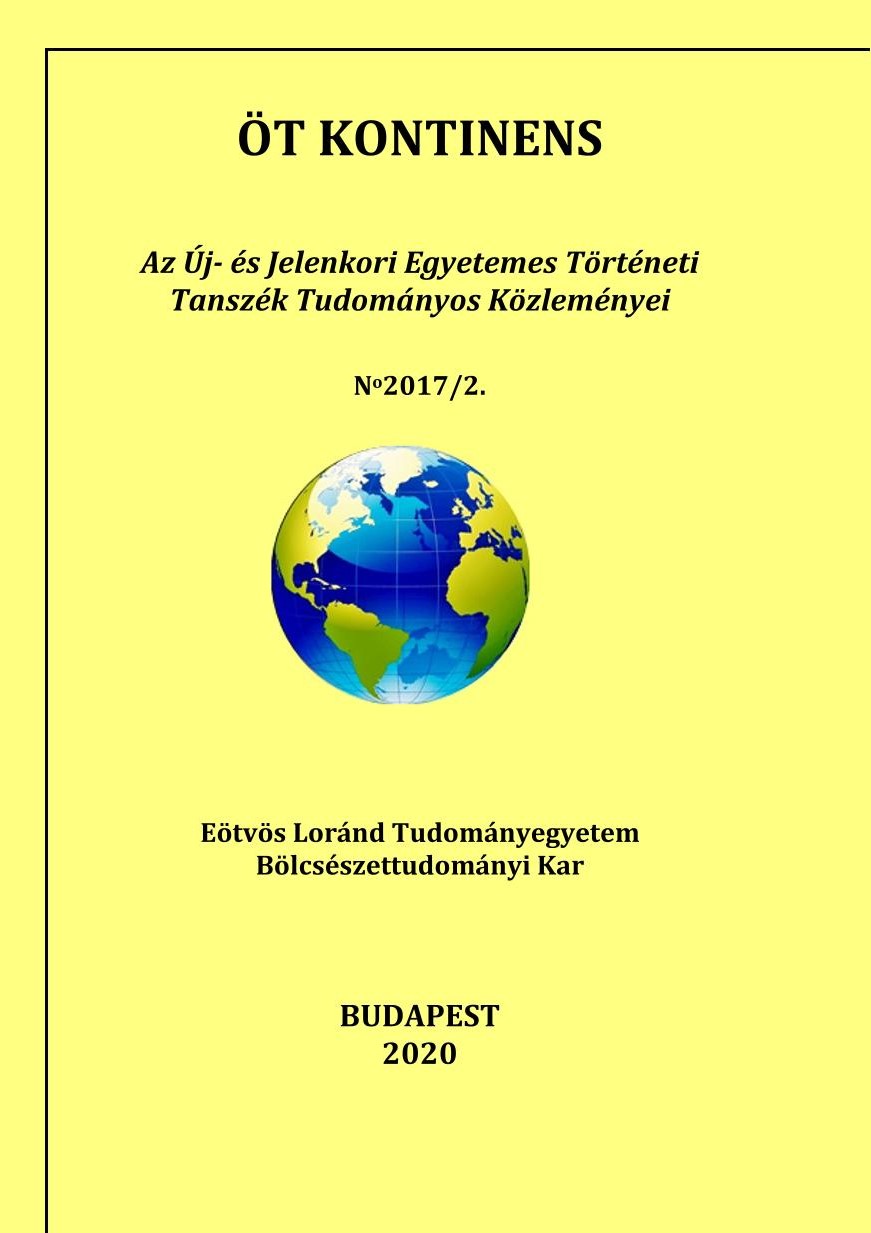
Originated in the context of a slavery regime in Brazil which lasted up to 1888, quilombo communities were an expression of resistance against such a system of oppression and through its existence faced marginalization and in were forced to secrecy, which imposed several challenges to the legal recognition of such remaining communities in the last decades. They were first referenced to in official documents of the Portuguese Empire dating back to 1559, all the same not being seem as subjects to rights. Brazil’s first Land Law from 1850 effectively deprived quilombo communities of rights over the lands they inhabited by excluding forms of land occupation other than purchase or granting by the State from legal recognition. It is only by the 1990’s that the public authorities’ commitment to legitimate and issue land titles for remaining quilombo communities is finally set through legal dispositives. This paper aims to reflect on the developments on recognition of quilombola communities in Brazil through listing and examining legal provisions published in the last decades regarding the subject matter.
More...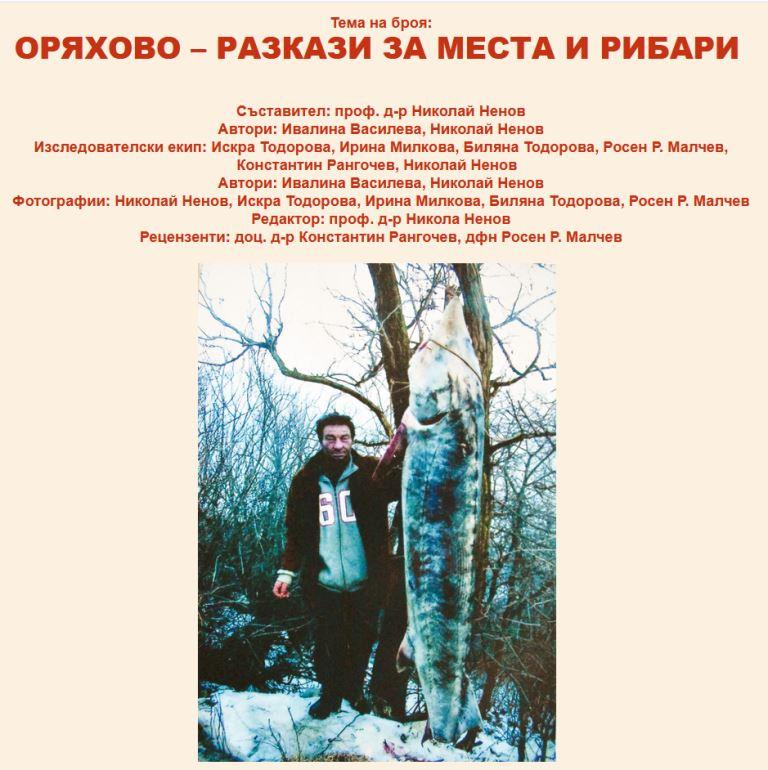
Local communities function as dynamic living organisms. Their existence is in balanced forms; therefore, the local names, along with the ancient language forms and nominations reveal also the modern dimensions of space. Toponyms contain the historical memory of Oryahovo and its area and of the people living there. They contain real and imagined events and remain therefore important for the people here regardless of the time that has passed and the changes that have happened. The toponyms that were collected have a distinct presence of Turkish and Wallachian names that were mostly inherited. The names given in modern times are on the basis of the Bulgarian language. The local names describe a situation that should be recorded because it reflects an earlier way of life the names in which represent its spatial delineation. Today, part of what has been preserved and recorded can be recognized only in the present publication; that is the reason why the registered onyms tell the history of the area. Part of that history is the locality named Stalbat (The Pole), a 30 m iron pole transferring electricity from the Kozloduy Nuclear Power Station to Romania. There are no electrical wires across the river any longer, and the poles are part of the memory of a period in the past. “The Romanians take care of their pole. They repainted it last year, while ours is all rust, forgotten” (St. M.). That peculiar token of the era manifests its capacity to use familiar shapes and places to construct the inhabited place. Similar functions can be seen in Esperanto Island on the Danube. It is not that much because of its exotic name but rather because of the practiced models of everyday life and entertainment well known to everybody in the area. In the socialist era, there was a restaurant on the island where they organized parties and Neptune celebration events. That made it a local emblem, related at the same time with modernization practices and active life on the Danube. The young Chateau Bugrozone winery is a significant element of the modern economy. The establishment has even marked its territory with signs showing the beginning and the end of the place where it is. Making unquestionable quality wine, it is nearly invisible in the life of the town. The vineyards are referred to as “the old fame of Oryahovo” (MM); nevertheless, the winery is not mentioned in any of the interviews with the local people. Most probably, that indicates non-matching audiences and a failure in assigning meaning to the local products. Fish and fishermen are an essential component of the culture of this area, and there are a relatively large number of people and places related to the river and the fishing in it. Their stories describe surroundings and a lifestyle showing intangible cultural heritage elements. The present research dwells on the fishing community, with a comprehensive examination of the multitude of components that build the community, and its links with the town and the area. The examination includes the shape of the gravestones in the area as well as the images of the heritage specific to Oryahovo. Field ethnographic studies of particular areas normally evolve in efforts to identify the special ethno-cultural traits of the local population. The former administrative structures, known as counties, are often used to mark the scope of a research. In the Post-Liberation period, counties were formed largely on the basis of the logic of the natural pre-modern life of the local communities forming their own market centers, or towns that turned into their centers. Oryahovo was also a county centre that encompassed territories of the contemporary municipalities of Oryahovo and Kozloduy. The strategic development of the town was promoted by the inauguration of the Cherven Bryag-Oryahovo railway. Although narrow-gauge, that line was sufficient to link the area to the central section of Northern Bulgaria, hence to the capital city and other cities. Oryahovo does not have a direct communication with a large urban centre because there is none at a small distance, not even on the northern side of the river. Its existence therefore has been related to the traditional communication with the neighboring settlements with which it built a joint nomination system, as seen in the toponym research made by Ivalina Vasileva. The Danube River, along with land farming, has been and still is the main business potential of the area where the port and the fishing are the livelihood of many of the local people. We will add here a number of ship mills built by Hungarian migrants; knowing the technology of setting up such facilities on the Middle Danube, they transferred them to the Bulgarian section of the river. Their presence was impressive for the local population. Therefore, the ship mills have remained in the toponym picture of the area despite the fact that nobody remembers them any longer. Territory-based research today is just one of the approaches to research work today. Today, we have a variety of approaches to choose from. We will also include the story of the cultural landscape and the ideas of what heritage is for the local communities in order to outline past and modern cultural tradition forms, and the system of transferring knowledge and values revealing the unity between man and nature. In this particular case there is a specific cultural space; reading it through the “Locus and Universum” (Zhivkova, Zhivkov 2001) will enable us to see what unites people rather than what separates people. The progress of our exploration – along with the recorded names of localities and sites, and those mentioned in the numerous interviews – will reveal the local names that everybody knows, shared spaces and topoi that have become visual memory markers, parts of the town and segments of the river related to the local knowledge, cultural practices, fishing skills or local cuisine. That way, the simultaneous existence of elements will be outlined, and the territory markers – characters, heroes, places of memory, market places and roads – will stand out. We will see, in its full variety of colors, the ethnological picture of the area. The research of the area toponyms and the fishing communities on the Danube does not present images of the daily life and the culture of the constellation of town-dominated settlements that make the area of Oryahovo. The research aims at focusing on the cultural heritage of this area, on the valorized forms of the past systematic realization of pre-modern culture linked to folklore beliefs and Christian ideas that are equally known in by village and town people. They are the factors that help today's residents in Oryahovo area to recognize their own local nature and individuality in the places they live in, the food they eat, the celebrations with which they want to show they are different from everybody else, or in their skills and knowledge about the river and the wild life in it. These places of memory and forms of inherited knowledge, emblematic in their manifestation, have become today local heritage that can be found in the daily life and the celebrations of the people in the Oryahovo area; that is what they need in order to distinguish their identity in the dynamic changes in our modern world. SOURCES: Zhivkova, Zhivkov 2001: Zhivkova, V., T. Iv. Zhivkov. Lokus i universum. Dobrodan, planinata – mitologia i .... Pub. “Alya”, Sofia.
More...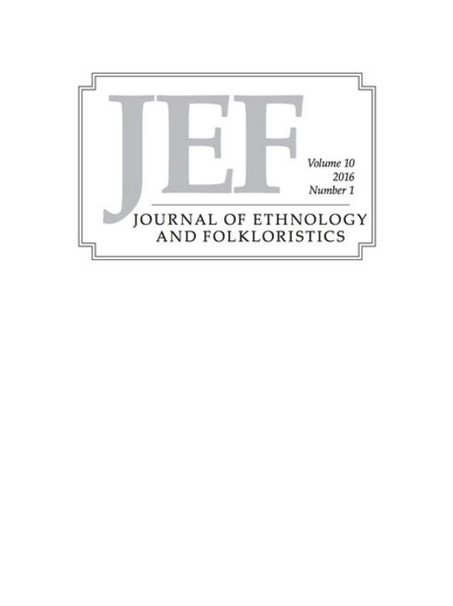
Traditional rituals formed the basis of ethnic Chuvash culture, and are still relevant in today’s festive and ritual culture, primarily among Chuvash ‘pagan’ ethnoreligious groups. Today among the unbaptised Chuvash there is, with varying degrees of preservation, a set of ideas about the spirits of nature and the patron deity of different fields of life, practice of ritual prayer and sacrifice, and festive culture. The focus of ritual practice is the cult of the Supreme God Tura (Tură) and the ancestors, who during the calendar year appear in a single complex and in strict sequence. Traditional rituals play an essential role in the funeral and memorial rites and customs of the Chuvash. Thus, ‘pagan’ elements are characteristic not only of the unbaptised Chuvash, but also of some local groups of Christians and Muslims, for example ritual mourning of the dead, weekly commemoration on Thursday evenings until the ritual of ‘seeing off the soul’, ritual singing, sacrificing and ‘feeding’ souls of the dead on remembrance days, and other rituals and their elements. These ‘pagan’ elements in the culture of the Orthodox Chuvash and Chuvash Muslims living in ethnically mixed villages with Russians, Mordovians and Tatars both constitute the basis of their ethnic and cultural identity as Chuvash and contribute to the preservation of their ethnicity. Chuvash ‘paganism’, despite centuries of influence from Russian Orthodox and Muslim Tatar traditions, has a moderating influence over contemporary modernisation and is an element in religious practices of Chuvash confessional communities that is an important resource for the formation and development of ethnic and cultural identity.
More...
The collection of weapons of the National Museum of Banat in Timişoara currently includes ten pieces attributed with certainty to the African space, all ten objects falling into the category of cold weapons. Even though it is numerically small, the Timişoara collection includes five different types of cold weapons: 1. A Kaskara-type Sudanese broadsword; 2. A Shotel-type Ethiopian sword and a Mandingo-type West African sword; 3. Two GaboneseFang daggers, one Congolese Konda dagger and one Sudanese Khanjar dagger; 4. Two Marutse-Mambunda battleaxes; 5. A Zande-type Central African arrow quiver. The Timişoara collection covers a vast geographical area, from Sudan and Ethiopia in the east, to Mali and Gabon in the west, and from the central part of the continent, respectively the Congo area, to the south-eastern extremity of Black Africa. The Timişoara collection includes both weapons of Islamic influence, in the geographical area that separates the north of the continent from sub-Saharan Africa, and pieces typical of Black Africa, attributed to indigenous tribes who lived in the central and southern part of the continent. Islamic influence, especially Persian, is found mainly in Sudan, in Northeast Africa, where many types of cold weapons made after the Iranian model were used at the end of the nineteenth century. A special feature of African pieces is related to the materials and techniques used to make them. In the northern half of the continent, predominantly Muslim, the skins of various reptiles were used to cover the scabbard and handles (the most extravagant pieces are those covered in crocodile skin), and some less used metal-chemical techniques practiced in Europe (a process in which the calligraphic inscriptions were embossed on the surface of the steel). Among the weapons from the Black African area, the most spectacular pieces are the Gabonese daggers, which stand out with an extravagant design and superior quality of the materials used. Of the ten African weapons in the NMoB collection, two are purely ceremonial pieces, not designed for use on the battlefield. The two Sudanese weapons, the Kaskara broadsword and the Khanjar dagger, have many characteristics typical of ceremonial pieces: blunt edges, thinness and fragility of the blades, scabbards made of cardboard reinforced with textile material, then covered in crocodile skins. Regarding the dating of African weapons in the NMoB collection, we can propose a general dating ranging from the 19th century to the first decades of the following century. We also have more accurate dates of some of the pieces. is is the case of the two Marutse-Mambunda battle axes, picked up by the Czech explorer Emil Holub during his South African expeditions in the second half of the 19th century. The two pieces are also the oldest African weapons in the NMoB collection, having been inventoried in the fall of 1894. In terms of provenance, along with the Holub donation, we must also mention the batch of weapons inventoried in 1968 (Fang daggers and Zande arrow quiver), but also the parts purchased in 2009 (the Mandingo sword and the Konda dagger).The ten African weapons, which are part of the group of exotic pieces in the NMoB collection, illustrate the richness and diversity of Romanian museum collections in the military field. Unfortunately for scientific research, the collections of exotic weapons present in Romanian museums, although spectacular and attractive, are far too little known in the international specialized literature.
More...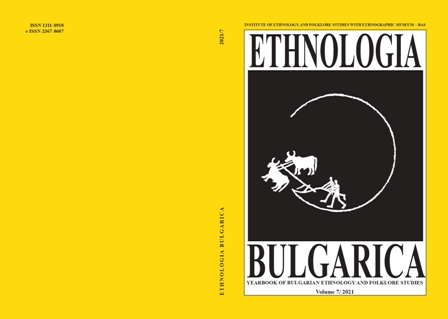
The text discusses photography as an instrument for investigating culture and the relationship between photography and ethnography in particular. The author addresses, first, the state of the art and offers a short overview of the most widely used research practices that combine ethnography and photography. Against this background, second, she pays attention to the developments in Bulgaria. Third, since this is an introductory text to a thematic issue, she briefly presents the articles included in the volume.
More...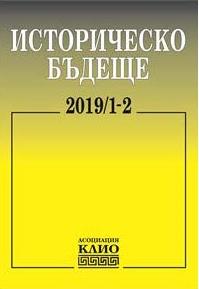
A presentation of ‘The forced assimilation of the Turks in Bulgaria 1984–1989’, edited by Centre for Advanced Study, Sofia
More...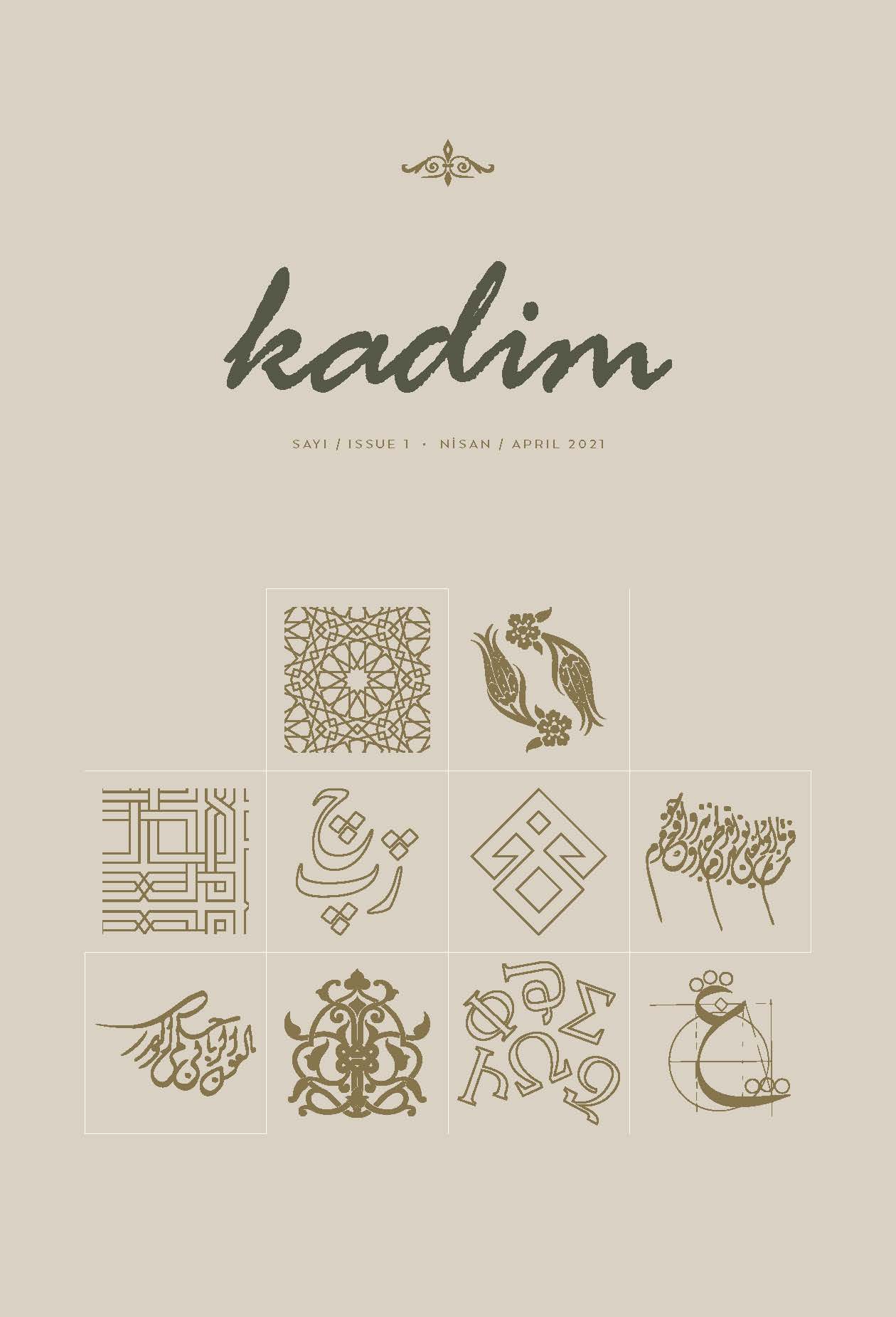
This study aims to determine the demographic status of urban nonmuslims of Anatolia in the first half of the sixteenth century. It surveys urban nonmuslims either sharing the same quarters with Muslims or having social and economic relations with the Muslim population. This study's primary sources are the tax registers giving information on socio-demographic aspects like the number of nonmuslim settlements and inhabitants. The article also investigates entitlements and names recorded in the registers to analyze some tendencies towards nonmuslim populations. Thus, it presents that nonmuslim groups had lived in harmony in the Ottoman Empire until the nationalism movements of the nineteenth century.
More...
This article tries to explore the entrance of Bolu-originated-cooks into the imperial kitchens of the Ottoman Empire. It primarily intends to correct conventional wisdom, telling that during Mehmed II's reign, they were first employed in the palace. Understanding that this information comes from only one source and without a reference, the study tries to determine when they enter the kitchen. To this end, it analyzes wage registers, covering some records from the sixteenth to the nineteenth centuries, reflecting the personnel of the imperial kitchen. By this, it claims that it was unlikely to form teams of kitchen-related employees specifically originated from one or more cities until the mid-seventeenth century. Until that time, the staff of the palace kitchens almost entirely originated from Rumelia. It is after that time when this pattern began to change with the personnel coming from Anatolia. Interestingly, this phenomenon also overlaps with the decline of the devşirme system. The rise of the Anatolian cooks in the kitchens continued in the eighteenth century and some city-based clusters emerged. In the first decades of the nineteenth century, most of the kitchen stuff was from Nevşehir. However, there is no sign of Bolu originated people between 1814 and 1826. After the abolishment of the Janissary corps, cooks from central Bolu, Dörtdivan, Çarşamba (Seben) were intensively present in the royal kitchens. The article shows that these rising employment rates were related to their well-known culinary skills in Istanbul's elite circles.
More...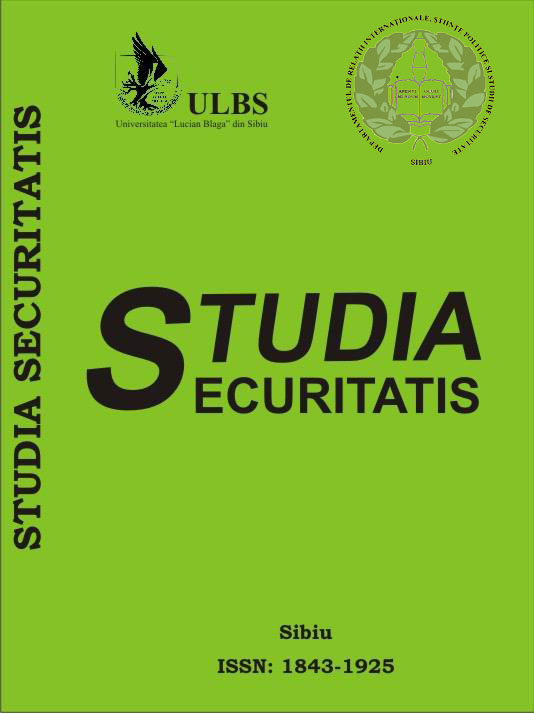
The significance of this semantic field today is largely legal, but we are interested in its cultural, literary and social dimension in European languages, because its various forms originate before the legal system and their place in people's thinking and actions has a dynamic that depends more on state of culture than on the state of the legal system. Today, in addition to the health crisis, we are experiencing a crisis in relation to what this semantic field represents, from nationalism, which absolutizes and abuses it, to globalism, which rejects everything it represents and provides only insufficient compensation. Our goal is to trace the origin, history and actual potential of singular forms, their motivation and function, so that we can assume their significance for the future. The individual words of this sematic field pass between individual languages, and although we focus mainly on the Romance and Slavic languages, changes in meaning also pass through the entire European area, and a comprehensive picture is created only in comparison with other European languages. Original motivation of singular words creating the semantic field in European languages Why are we focusing just on European languages? Isn't that inappropriate in postcolonial time? They are geographically and culturally connected languages, which share external, ideological and religious influences and although Indo-European languages predominate among others, the search for etymology and history is still more difficult than it seems at first glance.
More...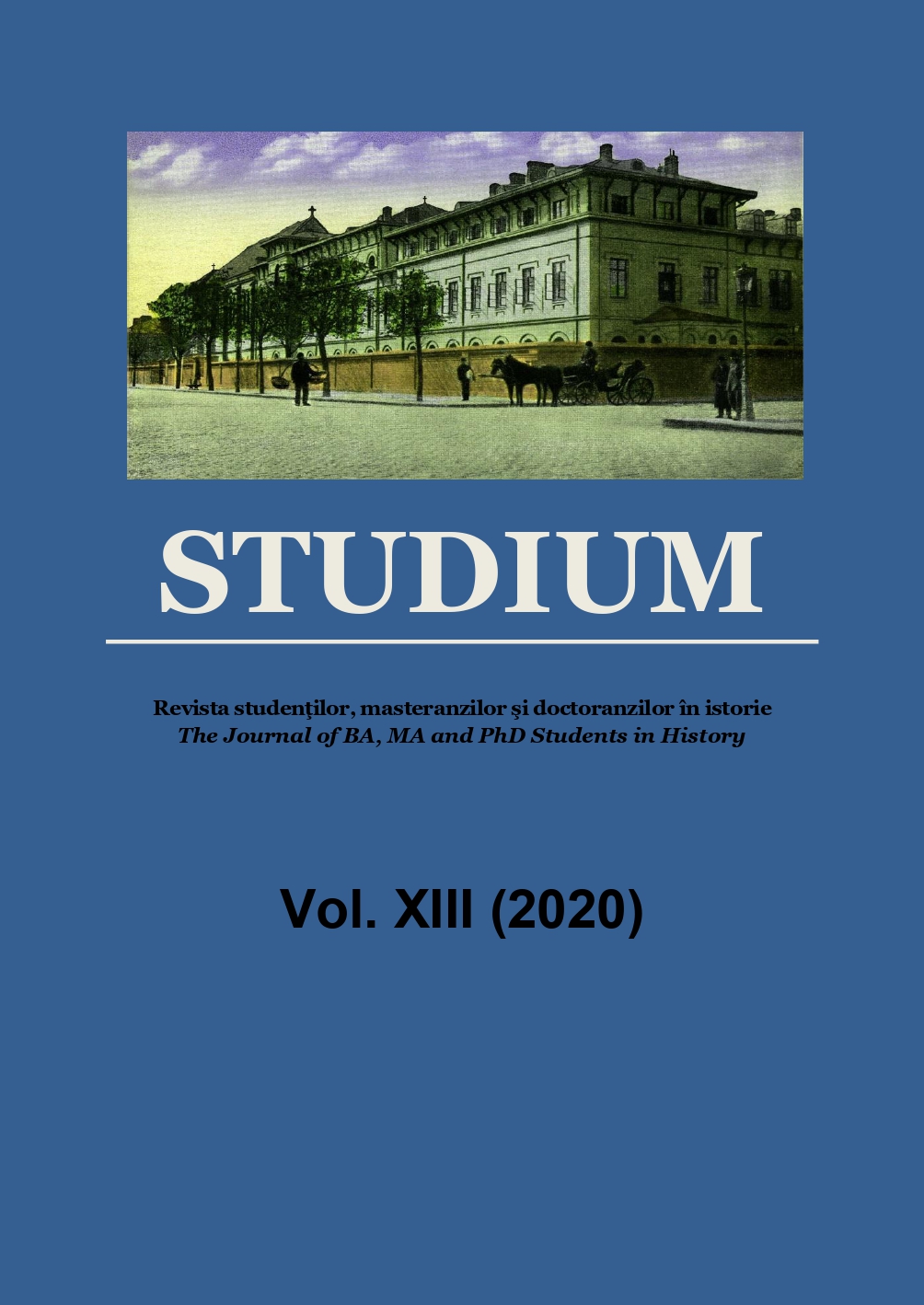
Defining the ethnic belonging of Aromanians from Albania is an especially complex issue. Although there are many names used to designate its members (Vlachs, Vlahi, Tsintsari, Koutzo-Vlachs, Arvanitovlahi, llatsi-fatsi etc.), this ethnic group is very hard to study separately from the Albanian majority. Since May 9th 1905, when the Ottomans gave the Vlachs in the Empire the right to have religious services and schools in their maternal language, the Aromanians’ identity swirled around this religion-language axis. The irony is that their identity chaos is rooted in that same acknowledgement. Although recognized, in October 2017, as an ethnic minority in Albania, some of the Aromanians are against this decision, seeing it as an attempt to single them out from the Albanians. We used a questionnaire to try and assess how the Aromanians identify themselves, especially after 100 years of living with the Albanian majority. The idea was to see if there was a correlation between the subjects’ educational level and their knowledge regarding Romania’s role in supporting the Aromanians in the Balkans. The denial of Aromanians’ fundamental rights during the Communist dictatorial regime, such as learning their maternal language or free practice of their religion, accentuated their cultural identity crisis and resulted in almost complete obliteration of the characteristics which set them apart from the majority.
More...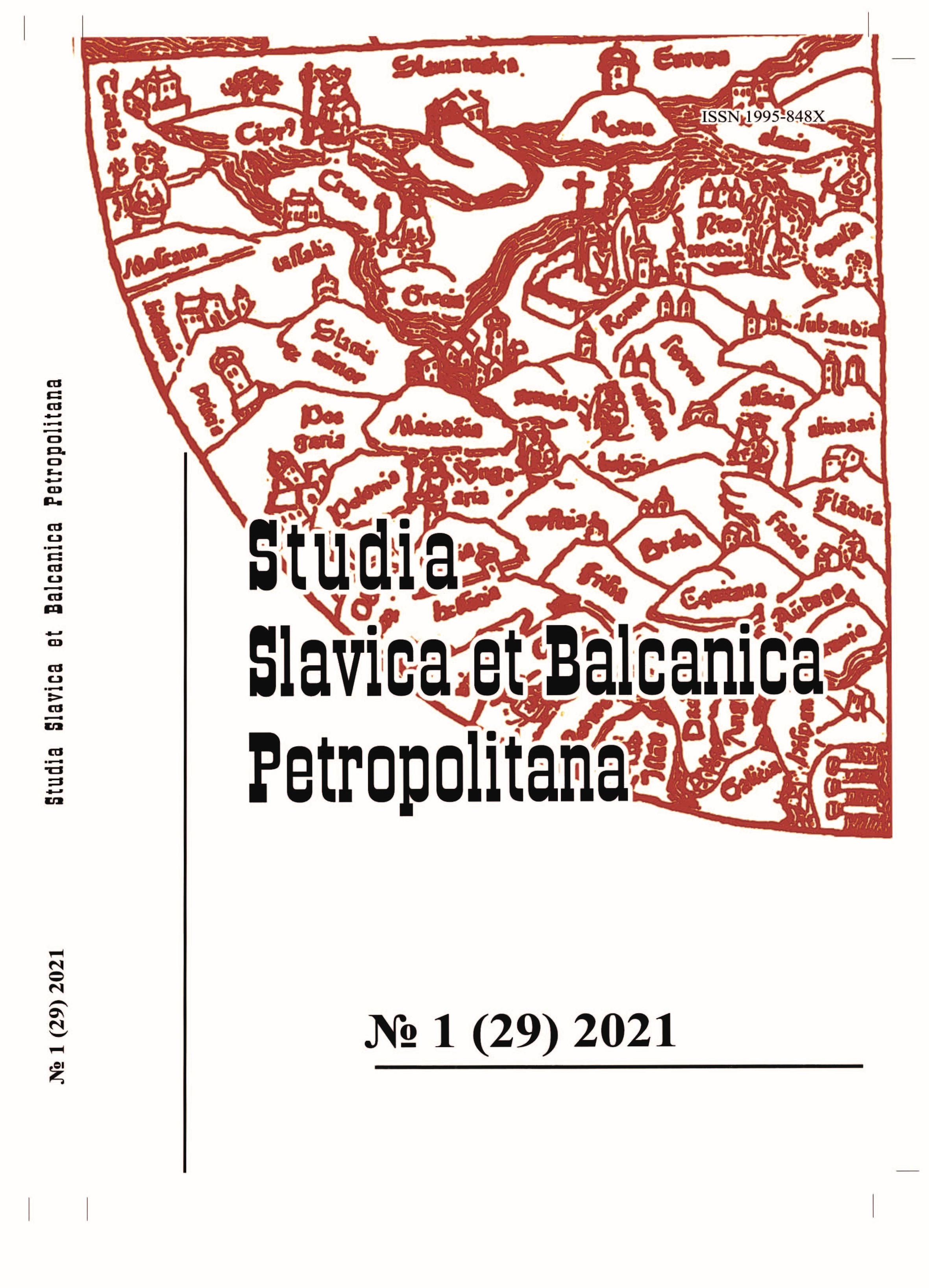
This article presents a study of how women (specifically nuns and abbesses) were perceived in medieval Livonia. Given the significant increase in accessible academic work on the crusading movement in the eastern Baltic, scholarly considerations of the visual culture of this region, and reconsiderations of the roles played by women in the medieval world in general, this article turns from the central regions of the study of Medieval Europe to the periphery. It begins by providing a historical overview of the sources, commenting on the sparsity of specific representations of women in the narrative texts for the Livonian crusades produced in the 13th century. Following this overview, it analyses the representations of women in the vast amount of charter evidence available for the study of Livonia. The first part of the article looks at the ways these institutions were patronized as a result of their intercessory authority. Looking at donations from the 13th to the 15th century, this article also comments on the ways in which private citizens, church officials, and members of the Teutonic Order viewed these intercessory powers. The second part also considers the economic authority gained by these institutions, particularly in the form of land donations. Finally, this article addresses the ways in which women of authority styled themselves in the written documents and depicted their power in the form of visual media, particularly on seals but also in the form of architecture.
More...
The paper focuses on the investigation of the sigillographic sources — pendant wax seals, that belonged to the representatives of Livonian Bishops and Archbishops of Riga. For the investigation, more than 700 pendant wax seals from the Latvian State Historical Archive’s Fund No. 8 — “Archives of Internal Magistrate of Riga” were analyzed. The paper focuses on the wax seals that belonged to the representatives of the Archbishopric of Riga, and representatives of the Livonian Bishoprics. Analysis of the seals of Livonian clergy reveal that several stages can be distinguished in their development. The earliest wax seals that belonged to the representatives of the Livonian clergy display a well-known image – a bishop seated on a throne holding his regalia. For earliest seals it was common to use uncolored wax, these seals mostly were round in shape but the transition to the pointed oval shape took place during the 13th-century. By the middle and end of the 13th-century seals transitioned into use of red wax. During this time also first double-sided seals (where the reverse can be considered as the counterseal) appeared. In this period bishops and archbishops are depicted standing in the church surroundings, indicating the seal owner’s status and rank. In the 14th-century the use of the family coat of arms also appears. Counterseals in 15th-16th-cenuries are used separately as the great seal and counterseal and the depiction used in them represent the importance of the cult of Virgin Mary in Livonia. Nevertheless, Livonian clergymen also used their family coat of arms for self-representation. Medieval religious communities were specialists in symbolization. During the middle ages they adopted and readjusted their own equivalent of self-representation devices used not only in sigillographic sources but also in artistic and architectural works.
More...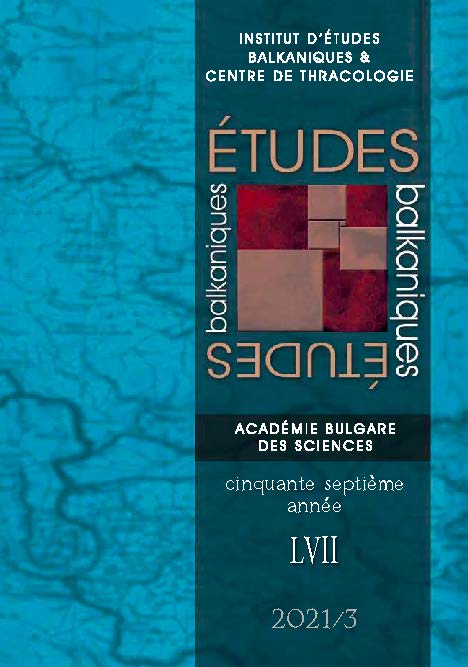
The aim of the research is to present the effect of a prosperous trader from Pirot onto the visual culture in the second half of the 19th century. After the Tanzimat reforms in the Ottoman Empire according to which the non-Muslim vassals gained certain freedoms under the Gilhana hatt-i sharif in 1839, a new middle class was formed. In Pirot, specifically into its less populated part Tijabara, the residents from the nearby villages came and settled there. This migrating process resulted in trade development in the town itself, and contributed to a rapid enrichment of the newly-formed middle class. The assumption is that one of these settlers was the trader Koca Stefanović, who has been often mentioned throughout the available documentation. This trader was a socially responsible, devout Orthodox Christian and a distinguished citizen. This paper aims at reconstructing the activities and the importance of this trader in the visual culture and cultural history of Pirot.
More...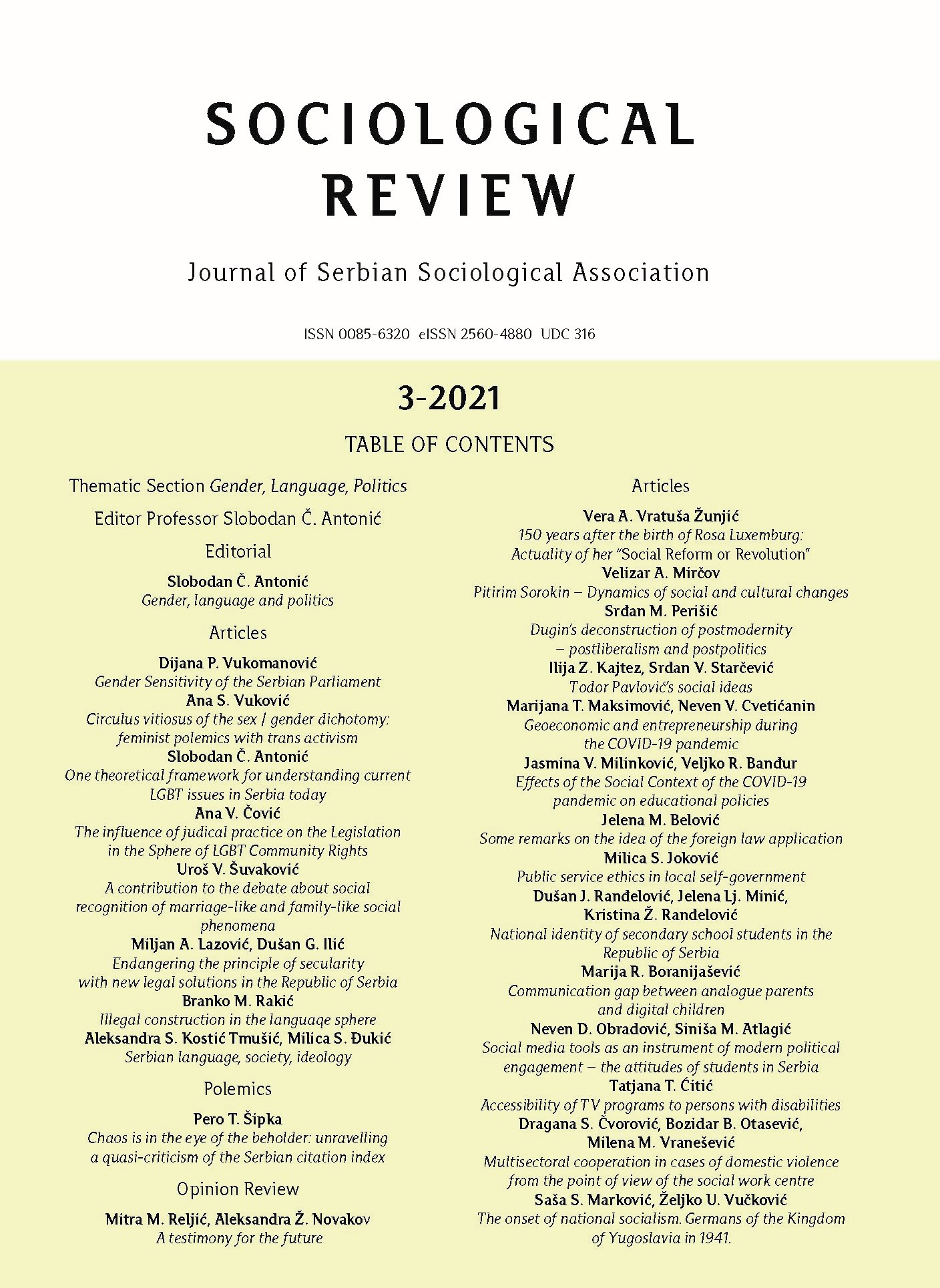
The German community of the Yugoslav Kingdom was, for the most part, concentrated in the territory of today’s Vojvodina. Their centuries-long presence in this area indicates their readiness to live in a multinational environment, but also their ambition to live better than others, both in a cultural and economic sense. The attitude of this community towards the newly formed Yugoslav state was cautious, marked by concern and reserve, but it was not as negative as the one seen in the Hungarian community. The Germans intended to preserve their cultural identity through the organization of associations, and then to found a party. Their ambitions grew with the strengthening of the Third German Reich, when their political manifestation became more provocative and militant.
More...